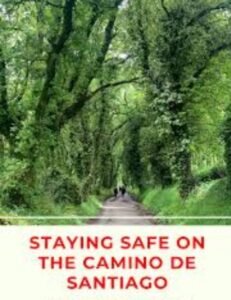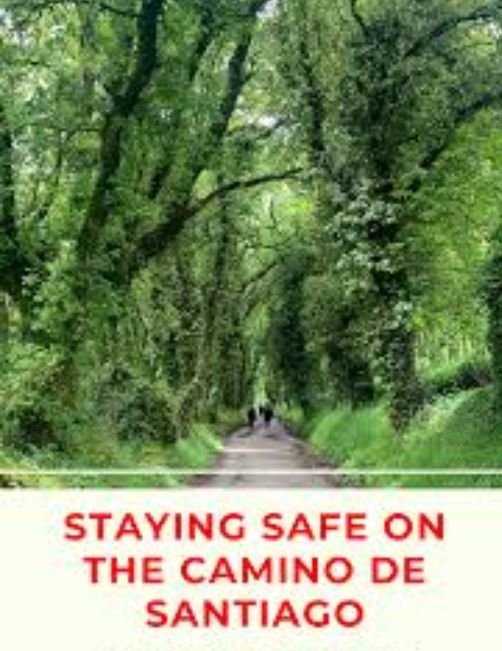Walking with Caution: Staying Safe on the Camino de Santiago

The Camino de Santiago, an ancient pilgrimage route stretching across Spain, attracts tens of thousands of walkers each year. While it offers profound spiritual and cultural experiences, the tragic death of American pilgrim Denise Thiem in 2015 serves as a somber reminder of the importance of personal safety along the Camino.
Thiem disappeared while walking the Camino Francés near Astorga, a popular route for international pilgrims. Her murder shocked the global Camino community and prompted both Spanish authorities and the local community to implement safety measures, including better signage and increased patrols along less-traveled stretches of the route.
While the Camino remains generally safe, pilgrims should still take precautions. Walking with others, especially in isolated areas, is highly recommended. Many solo travelers find safety and companionship by joining walking groups along the way. Keeping family or friends informed of your daily plans and using GPS tracking apps can also enhance personal security.
It’s important to stay on the marked path. Denise had reportedly taken an unmarked detour — a risk that all pilgrims should avoid. The familiar yellow arrows and scallop shell signs exist to guide and protect.
Local police now maintain a visible presence along the Camino, and the Spanish government has made efforts to increase pilgrim support. Nevertheless, it’s wise to be vigilant, especially for solo travelers.
The Camino de Santiago is a journey rich in reflection and community, but like any adventure, it demands awareness and preparation. Pilgrims should honor Denise Thiem’s memory by walking wisely and encouraging a culture of care and caution on the trail.
Buen Camino doesn’t just mean a good walk — it means a safe one, too.
